
How to Care for a Darwin Carpet Python. The Darwin, Morelia spilota variegata, is a slender, medium-sized carpet python commonly available from retailers. These beauties seldom exceed six feet. However, they do have what is referred to in the reptile pet trade as a “typical carpet” temperament. Like many snakes, babies are highly likely to bite, though the animal will be tiny at that age and it won’t hurt you. After a couple of years Darwins settle down and mellow out a bit, but often tend to remain “nippy.“ Many individuals sustain a high-strung and assertive attitude into adulthood, and willingly bite when presented with any provocation. This makes them unsuitable pets for beginners. The good news is that Darwin carpet pythons are hardy, undemanding, easy keepers and thrive well in captivity. Unlike many carpets, they are very good feeders, and will even take meals that may appear to be a little too large for them.
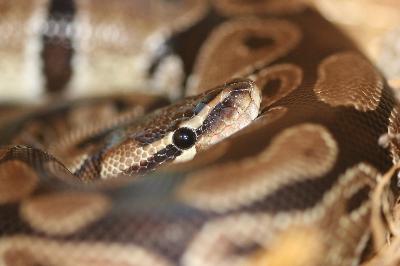
Provide an escape-proof enclosure for your Darwin carpet python–they‘re master eluders. A glass aquarium with a tight-fitting reptile lid is adequate as long as you keep it warm enough. Small clear plastic “critter keepers” work well for hatchlings and juveniles. To determine the size of the enclosure needed, consider the current length of the python. The animal should be able to stretch its entire body at least once around the inner periphery of the enclosure without its head overlapping its tail. As the animal grows, increase the enclosure size.
Heat one end of the Darwin carpet python’s cage. Simply place a heating pad under 1/3 of the enclosure, and set it on low. These snakes need to be able to access to a cool area and a warm area at will. Set a gooseneck desk lamp up outside the warm end of the cage and direct it inward. Turn it on at least eight to 10 hours per day to provide a basking area.
Put two aquarium or reptile thermometers in the cage–one at the cool end, the other at the warm end. Ideal temperature range is 72 to 80 degrees F, with 86 to 90 in the warm area.
Cover the inside of the cage floor with substrate. Old newspapers are fine. Change the substrate at least once weekly, more often if the snake gets messy with its water.
Furnish your python’s enclosure with two hide boxes. Give it a hide for the cool end of the enclosure, and one for the warm end. These can be commercial hide boxes or hollow logs, or you can give the snake a small empty household product box with a hole cut in the side. The hides should be large enough to allow the snake to conceal itself completely under or within them, but small enough to provide a cozy fit.
Give your snake a couple of rocks, which it will use to help with shedding. Put a tree branch in the cage too, because these pythons enjoy climbing.
Provide your Darwin carpet python with a large, heavy ceramic water bowl. These snakes have a habit of soaking in their water, so the container should be roomy enough to allow for this. Wash the bowl and change the water a couple of times each week.
Feed hatchling Darwin carpet pythons pinkie rats. The prey items can be as large as twice the girth of the snake’s head. Once weekly feedings are adequate. You can power feed if you wish, but no more than twice weekly. Adjust the prey size as the snake grows, but stick with rats rather than mice.
Mist your Darwin carpet python once daily with warm water when its eyes turn milky blue, indicating onset of skin shedding. Stop misting when your snake begins to actually crawl out of the skin and monitor its progress. If it seems to be having difficulty, or the skin is coming off in patches, resume misting until shedding is complete.
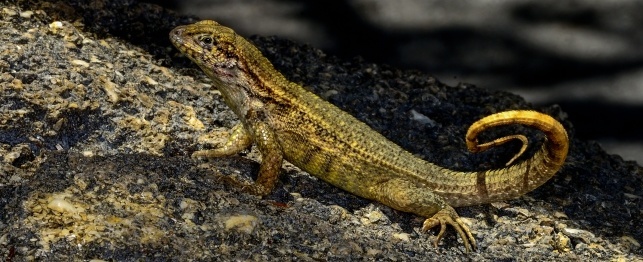 Choosing a Curly-tailed Lizard
Choosing a Curly-tailed Lizard
Choosing a Curly-tailed Lizard
Choosing a Curly-tailed Lizard
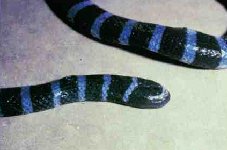 Interaction of Sea Snakes with Humans
Interaction with Humans
There have been myths concerning the
Interaction of Sea Snakes with Humans
Interaction with Humans
There have been myths concerning the
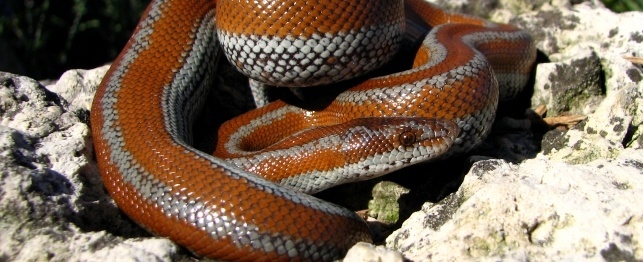 Choosing a Rosy Boa
Choosing a Rosy Boa
Choosing a Rosy Boa
Choosing a Rosy Boa
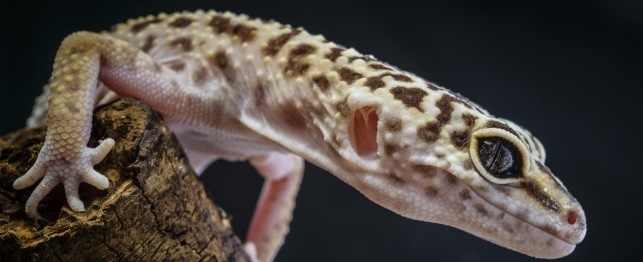 Choosing a Leopard Gecko
Choosing a Leopard Gecko
Choosing a Leopard Gecko
Choosing a Leopard Gecko
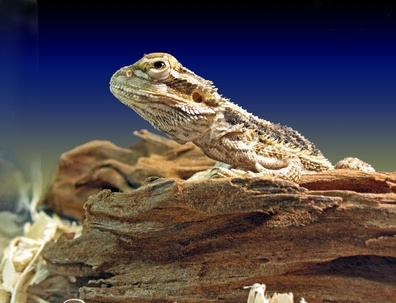 Reptile Cage Ideas
Reptile Cage Ideas
Reptile Cage Ideas.
Reptile Cage Ideas
Reptile Cage Ideas
Reptile Cage Ideas.
Copyright © 2005-2016 Pet Information All Rights Reserved
Contact us: www162date@outlook.com